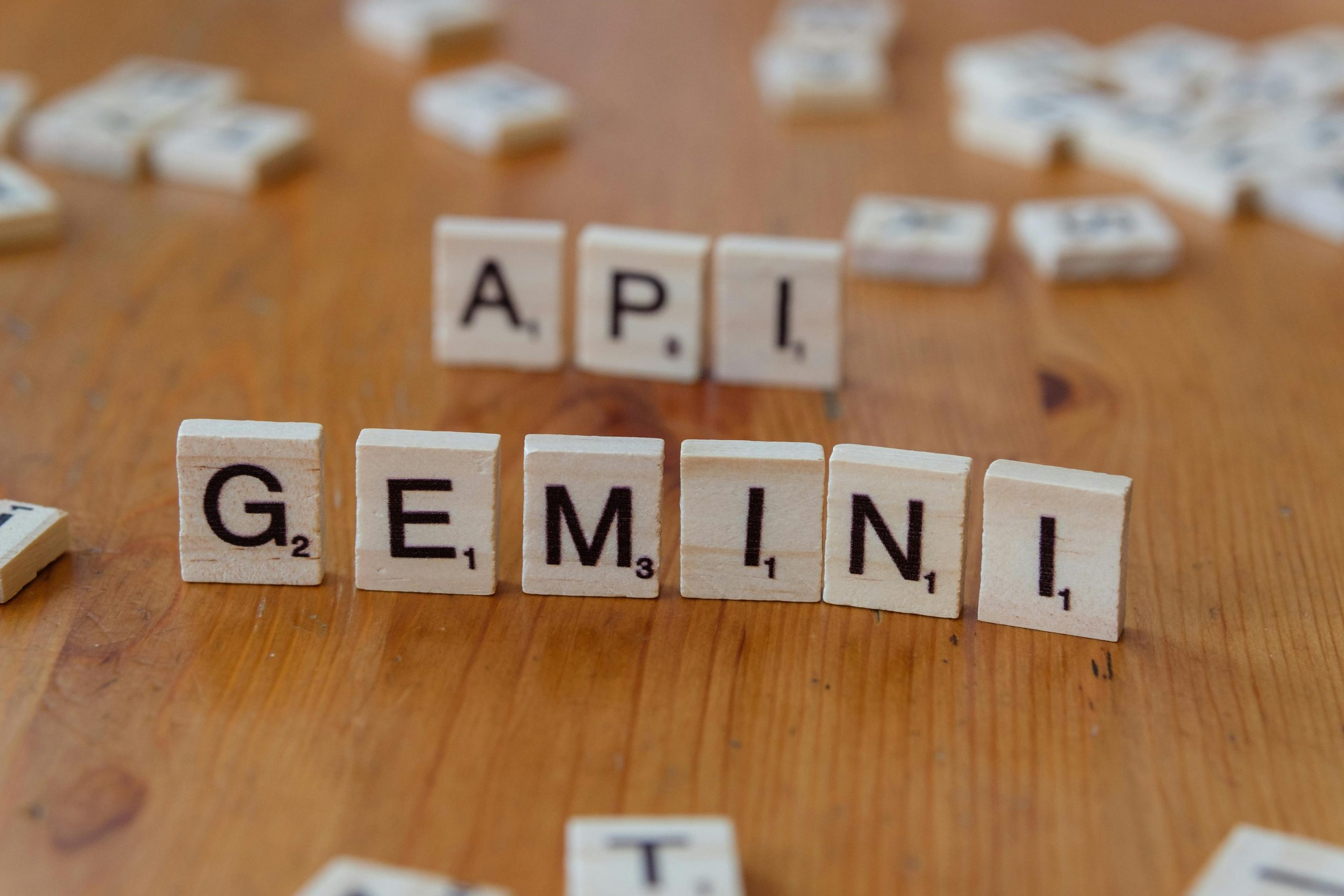Are you utilizing ChatGPT’s Canvas feature? I find it somewhat frustrating myself.
Maximizing the Efficiency of ChatGPT: Is the Canvas Feature Necessary?
As many users of ChatGPT are aware, the platform offers a Canvas feature designed to enhance the interactive experience. However, for some, this addition may feel more like an obstacle than an aid.
While the Canvas allows users to visually organize and manipulate information, it can introduce unnecessary complications. For instance, once a canvas is established, the underlying model doesn’t have the capacity to forget or revert changes within that canvas. This rigidity can hinder the natural flow of conversation, especially when adjustments are needed after receiving a response. Instead of seamlessly editing or refining outputs, users may find themselves constrained, which can ultimately impair the context and reduce efficiency.
In many cases, interacting directly through ChatGPT’s chat interface without the added layer of Canvas may be more intuitive and less restrictive. Users seeking a smoother and more flexible experience might prefer to avoid Canvas altogether, especially if their workflow benefits from easy revisions and ongoing context management.
Ultimately, while Canvas can be a valuable tool for certain use cases, it’s important to recognize when it might be more of a barrier than a benefit. Tailoring your approach to fit your workflow can lead to more productive and hassle-free interactions with AI-powered tools.














Post Comment